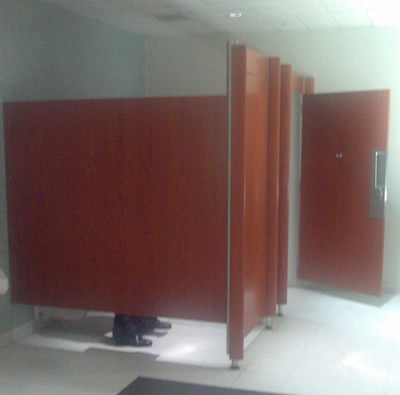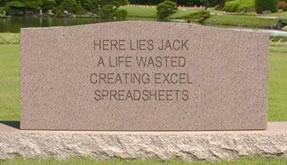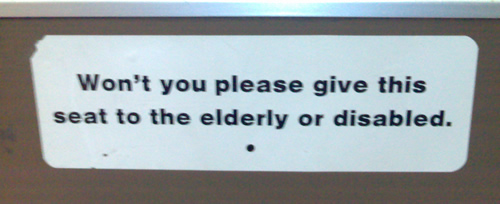Are you building a potato or a Sensation?
The humble potato is not worth a lot. The farm gate price for a 150g spud is negligible. How do you add value? How do you turn a worthless Maris Piper into a valuable commodity?

Potato crisps (chips) are a great example of a low value product being turned into high value one.

But that’s the easy part. The real value add is further transforming the product without fundamentally changing it. Innovation through packaging and marketing, making a basic product appear more desirable. Appealing to higher sensations beyond just satisfaction; differentiating the same basic product into an up-scaled, up-market luxury item. The same item that customers will happily pay more for.
The retail price for a 50g bag of Walkers Salt and Vinegar crisps at my local One Stop is 35p. The price of the Sensations bag is 47p. (For reference the retail price of a 50g potato – is 5p). Now I’m no crisp expert, but I’d guess that the incremental cost for adding a couple of new ingredients to the flavour is marginal. There’s some sunk cost in product development- creating the new flavours and developing the new brand, but this is little effort compared to the benefits that will be accrued.

But that is not the end of the story. Focussing upon the experience of the Sensations product, Walkers see an opportunity to change the packaging – to increase the bag size. Now their basic Sensations product is a whopping 150g bag that retails at £1.35.

Sometimes it is easy to focus upon just delivering the basic package, to just satisfy the customer. Is there anything you can do on your project to transform delivering the hygiene of customer satisfaction, to selling a compelling value-added experience?


